Emotional loyalty is a key concept in customer relationships beyond transactional loyalty. Contrasted with rational loyalty, emotional loyalty focuses on fostering strong relationships between brands and customers. Customers become emotionally loyal to specific brands based on trust, shared values, and a personalized customer experience (CX).
To build strong loyalty and advocacy, marketers and brand decision-makers must fully understand emotional loyalty and the significance of nurturing that emotional connection with customers and loyalty members. Improved emotional loyalty leads to increased user engagement and improved loyalty marketing ROI.
Contents
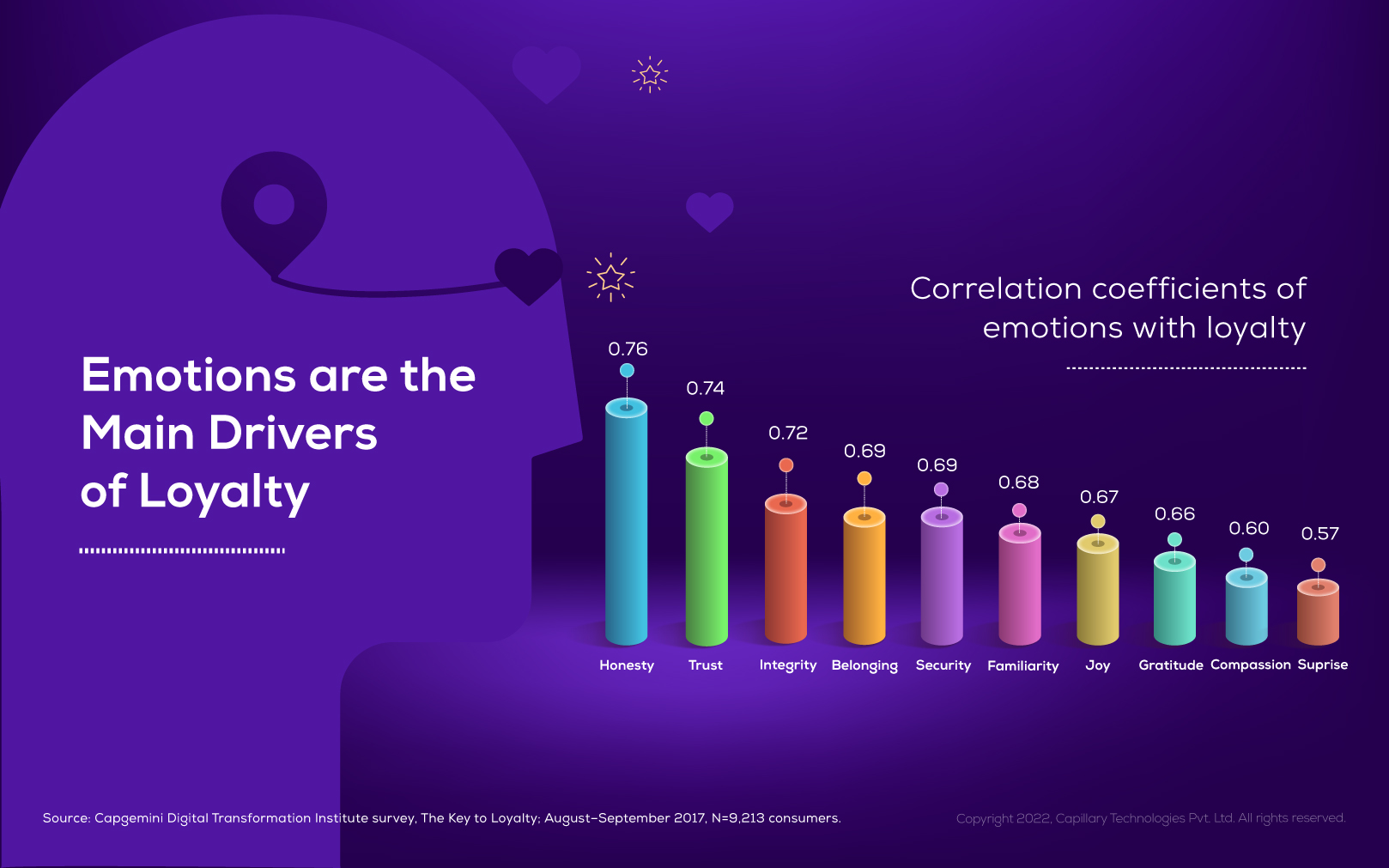
Emotional loyalty can be measured using tools like the Brierley Loyalty Quotient (BLQ). The BLQ thoroughly analyzes customer loyalty, breaking it into two distinct categories: rational and emotional. Tools like the BLQ utilize a methodology for measuring emotional loyalty that combines qualitative insights and quantitative metrics to understand customers' emotional connection to the brand. Insights from measurements of customers’ emotional loyalty can help guide loyalty marketing strategies to build stronger bonds with customers.
Keep reading to learn more about emotional loyalty, it’s importance for brands, and how it can be measured!
What is Rational Loyalty?
Rational loyalty is the practical side of brand loyalty. It’s accepted that the our decisions to buy from and commit to a brand is driven by rational and emotional needs. The rational needs often seem like the primary drivers that draw consumers to a brand. Consumers are frequently drawn to brands initially by rational needs.
Needs that contribute to brand rational loyalty include:
- pricing
- convenience
- reliability
- accessibility
- practicality
Features of rational loyalty are typically seen as the logical drivers of product choice and brand engagement.
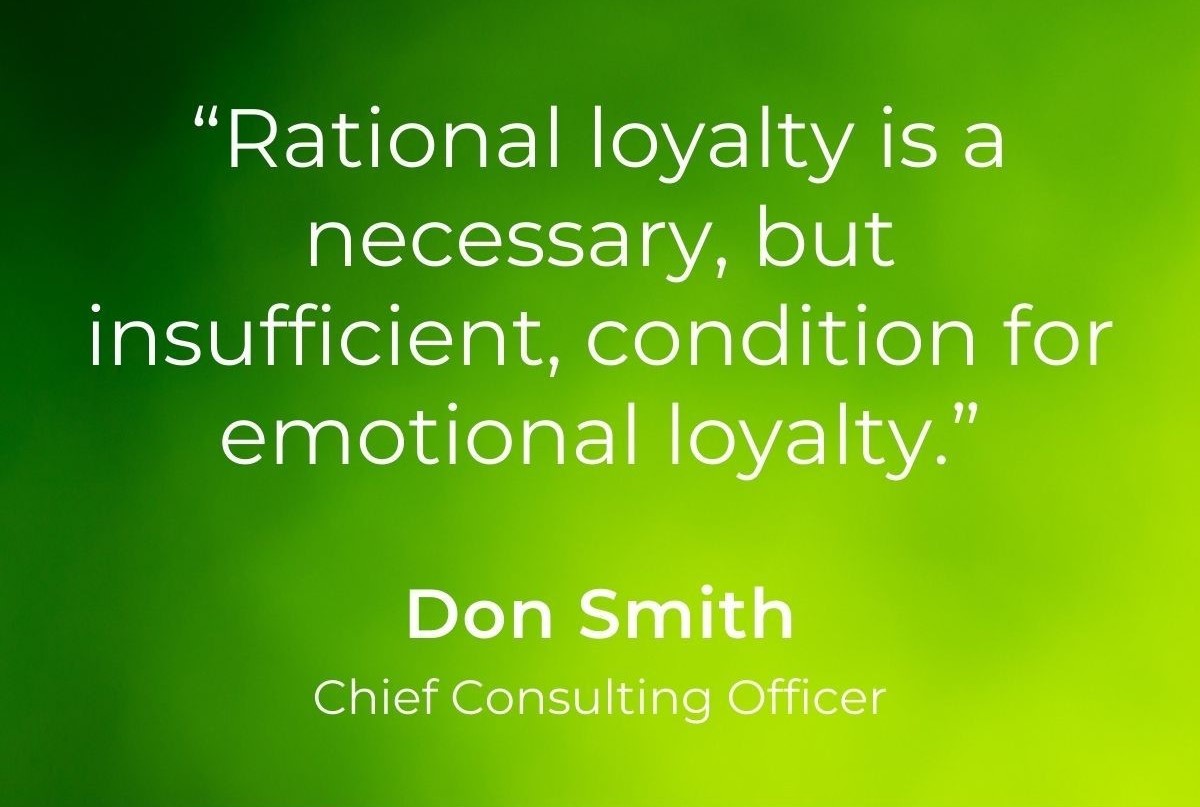
What is Emotional Loyalty?
Emotional loyalty manifests itself in the strong emotional bonds we attach to brands, products, services, or providers. Emotional loyalty is a more significant dimension in keeping consumer brand loyalty over the long-term. As opposed to rational loyalty, a consumer's emotional ties to a brand are often harder to explain. Many of us would not describe our decision to purchase from a specific a brand in overly expressive terms. According to a study published by in Harvard Business School, 95% of our purchase decisions occur subconsciously.
If we want to influence consumers' subconscious buying decisions, we must recognize customers’ purchasing decisions are triggered by emotions. This requires us to craft more experiential and authentic engagements with our consumers.
How to Measure Emotional Loyalty
The maxim that ‘people buy on emotion and justify with logic’ increasingly demands a way to measure emotional loyalty. This will provide companies and brands a deeper understanding of how their customer emotional connectivity can be gauged and explained.
It is essential for brands looking to differentiate themselves and drive customer value to leverage the right tools to enable understanding of what their customers’ emotional needs and wants are and the interplay with rational drivers. For those brands that invest the time to explore and augment their view of the customer by undertaking such analysis, they stand to gain considerable competitive advantage.
To win and retain the hearts and minds of your brand's customers requires ongoing efforts that strike a balance between their rational and emotional needs. Weighting loyalty and CRM endeavors towards addressing rational needs alone is simply not sufficient and fails to recognize the complexity of consumer tribes and their brand expectations. To this end, we have developed a proprietary methodology, the Brierley Loyalty Quotient (BLQ), to enable to brands to easily and swiftly benchmark, analyze and plan around the interplay of 14 essential rational and emotional attributes.
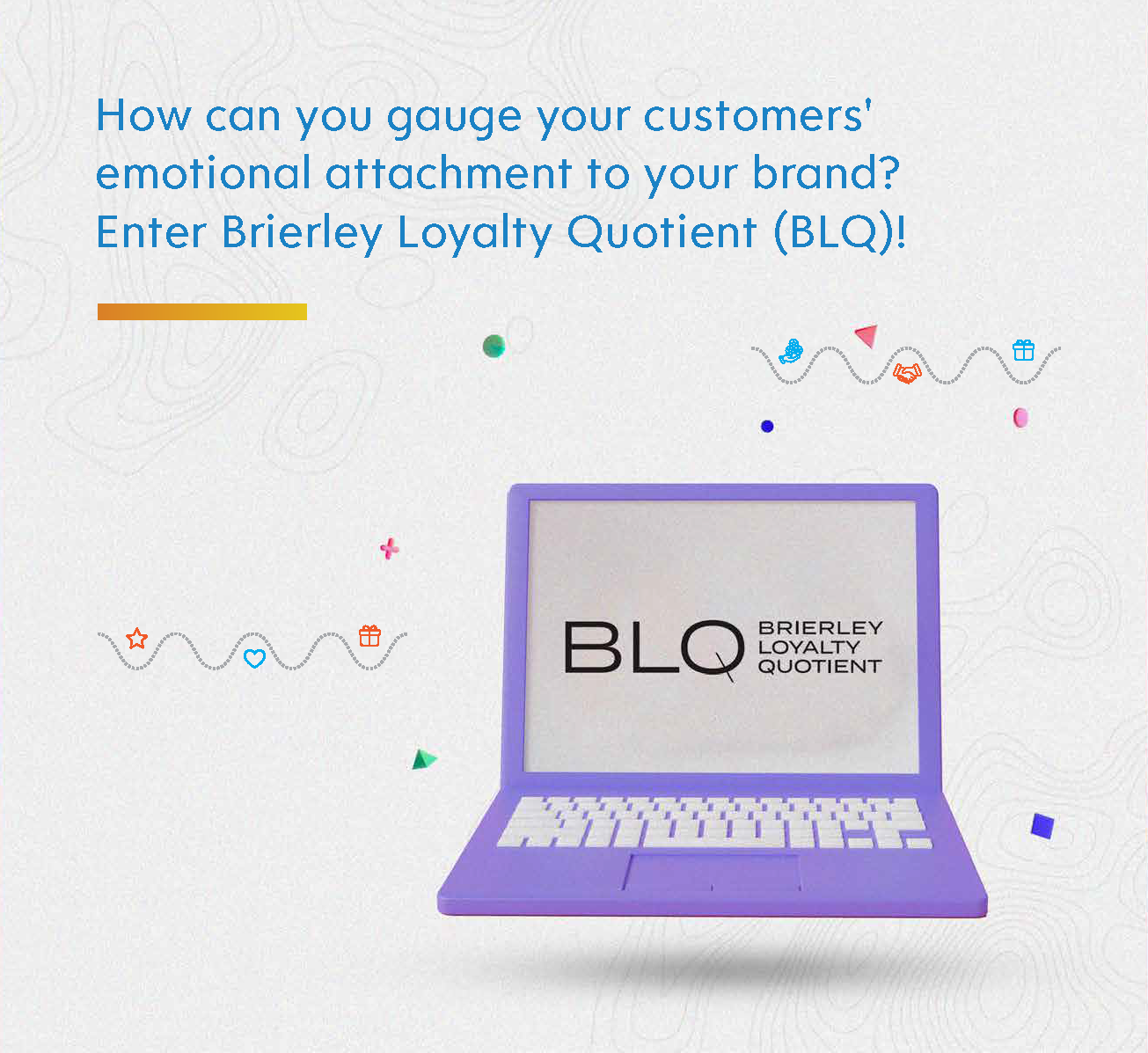
Measuring Emotional Loyalty
| Measurement Method | Data Source | Why It’s Useful |
|---|---|---|
| Net Promoter Score (NPS) | Customer surveys | Indicates advocacy & emotional attachment |
| Sentiment Analysis | Social media/comments | Detects emotional tone in brand mentions |
| Customer Interviews | Qualitative research | Captures depth behind loyalty motivations |
| Engagement Rate | Email/website analytics | Reflects ongoing emotional connection |
| Repeat Purchase + CLV | Transaction history | Reveals the staying power of emotional ties |
Brierley Loyalty Quotient (BLQ)
The Brierley Loyalty Quotient (BLQ) is an important step forward in being able to add essential texture and depth to a brand’s more holistic understanding of what loyalty means to their customers. In particular, BLQ can address the shortcomings of Net Promoter Score (NPS), as NPS fails to illuminate the driving factors behind customers’ responses and what a brand should do next. Beyond a more forensic understanding of how key attributes are distributed across the customer base, a view of how the brand compares to its immediate competitor set is also provided, vital in terms of understanding key gaps and opportunities for the business.
The predictive nature of the BLQ is not to be underestimated with its ability to forecast key loyalty outcomes such as next purchase intent (STV) and customer lifetime value (LTV) and NPS were used as the de-facto brand advocacy measure.
As applied to strategic and tactical objectives, the benefits of a more clearly defined loyalty metric manifest themselves. Brand teams are better equipped to plan and execute more highly personalized and authentic messaging creating more meaningful and relevant communication programs across a range of customer segments, each of which will likely have a more nuanced brand association, experience, and preference for engagement.
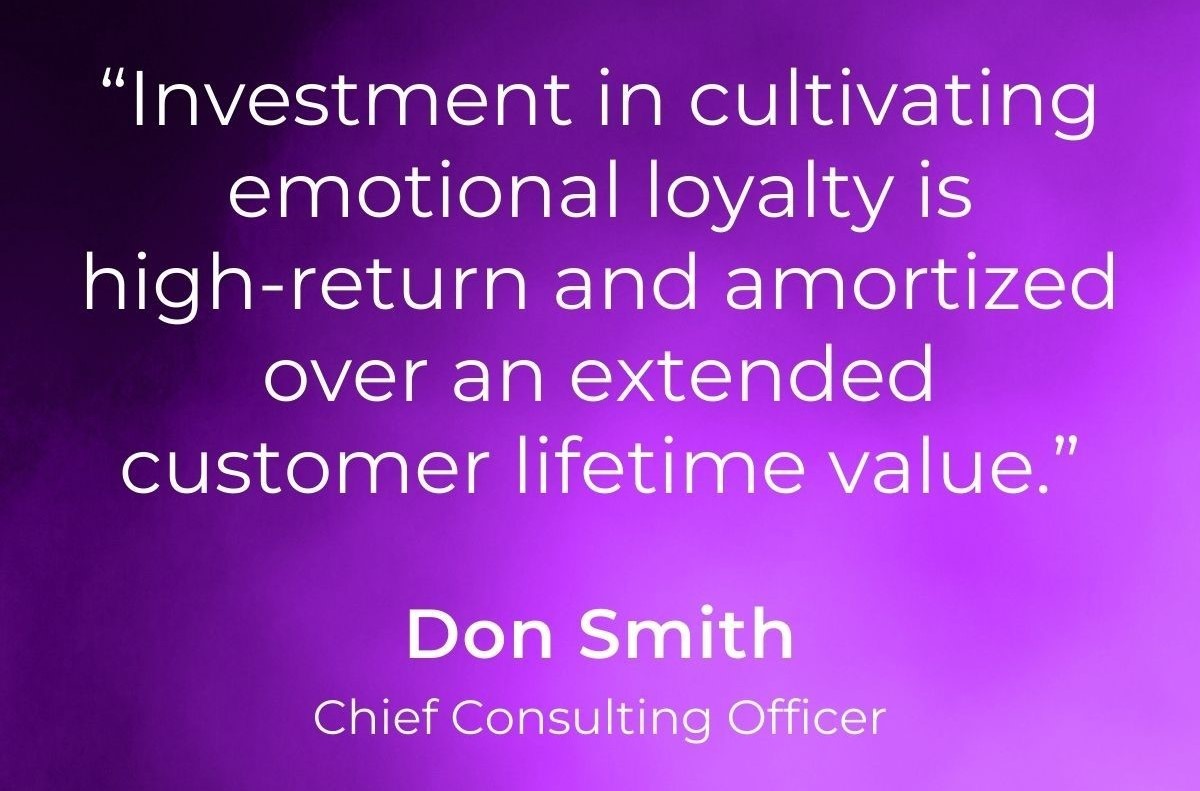
Key to evaluating the drivers of emotional loyalty is being able to identify which customers are more robustly connected to your brand than others. BLQ looks across a range of emotional attributes including brand affection, longing and anticipation.
Looked at in terms of a holistic score or on an attribute-by-attribute basis, the insight can be used to determine the degree of resilience and forgiveness to bad experiences the customer will afford or the extent to which a brand is baked into the customer’s lifestyle. The application of such intelligence offers a compelling basis to provide a more meaningful program experience and address gaps that may exist when comparisons with competitor efforts are further explored.
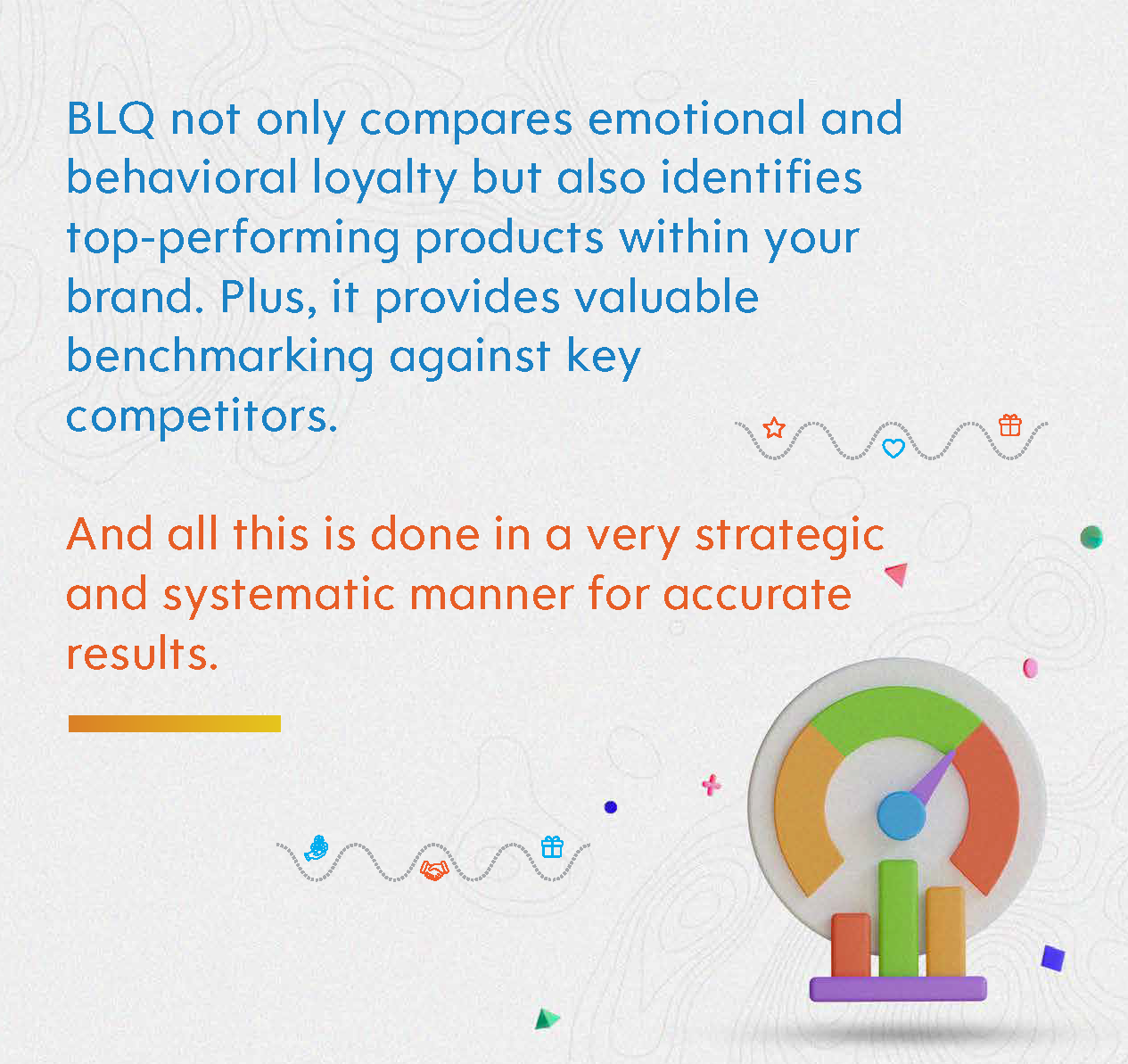
The value of the BLQ extends further, enabling the effectiveness of key loyalty and CRM initiatives over time to be measured and evaluated in greater detail serving to better direct decisions governing program management and evolution. As a further indication of the range of insight BLQ can deliver, brands can look at which elements of their product mix are linked to driving the highest loyalty enabling them to determine not only what is the go-to product inventory across loyal customer and member segments, but why.
How to Increase Customers' Emotional Loyalty
The quality and relevance of direct-to-consumer communications and the loyalty programs that frame them require elevation, in particular as eCommerce operations are ratcheted up to accommodate increasingly more confined communities and customers forced to use less familiar channels.
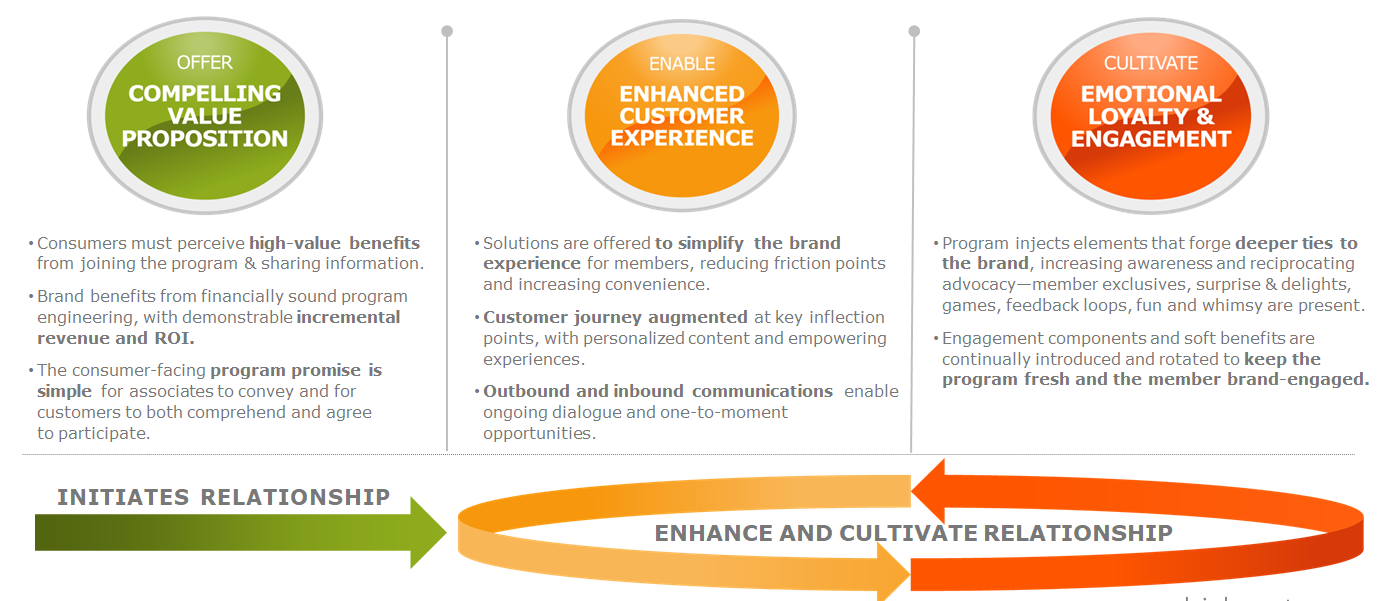
Brierley as a data-first loyalty leader recognizes that to power and grow business, brands that can enrich and supercharge their customer insights and programs will be on the soundest of footings to reactivate, activate and enhance customer relationships.
Contact the emotional loyalty experts at Brierley today to discuss how Brierley can improve your brand's emotional loyalty, measuring customer loyalty with the BLQ, for a more detailed overview and discussion of BLQ and how Brierley can help increase customer emotional loyalty for your brand.
Q1. What is emotional loyalty?
Emotional loyalty is a customer’s attachment to a brand based on feelings of trust, shared values, or identity alignment, not just rewards or convenience.
Q2. How does emotional loyalty differ from behavioral loyalty?
Behavioral loyalty is about actions—like repeat purchases—while emotional loyalty reflects deep feelings that make customers advocate for and stick with a brand even when alternatives exist.
Q3. Why is emotional loyalty important for brands in 2025?
Customers increasingly choose brands that align with their values, making emotional loyalty a critical differentiator in competitive markets.
Q4. How can a brand measure emotional loyalty effectively?
By combining NPS, sentiment analysis, qualitative interviews, and engagement metrics to capture both emotional sentiment and behaviors.
Q5. Can emotional loyalty improve customer lifetime value?
Yes. Emotionally loyal customers are more likely to repurchase, recommend the brand, and remain loyal even when competitors offer incentives.

